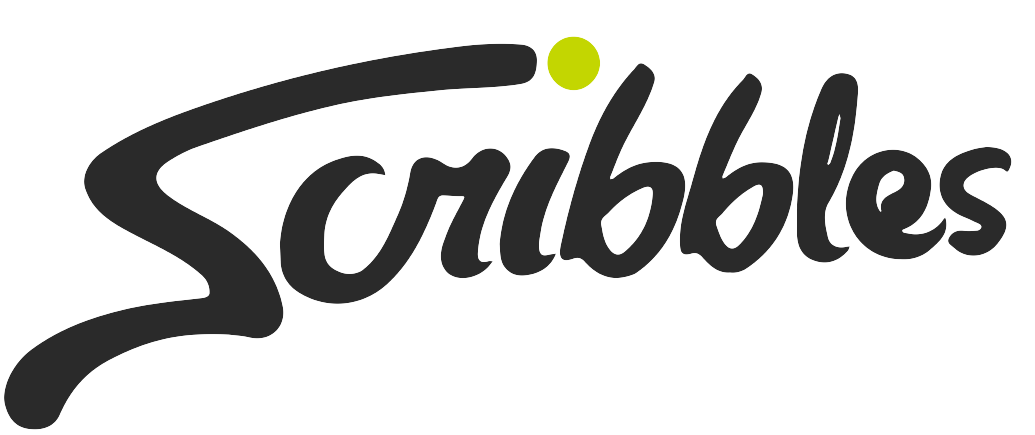
Many websites claim that they have science-backed lists on how to be happy. Sure, a long sleep helps. Yes, good food makes us happy. Indeed, exercising releases happy hormones. And it’s most definitely accurate that relationships – friendships, family, significant others – help us feel happy. But happiness usually happens in short erratic moments. Contentment, on the other hand, is more long-term.
How can happiness turn into contentment?
First off, let’s define contentment. According to dictionary.com, contentment is satisfaction; ease of mind. Its root word is content, which can be read as kuh n-tent or kon-tent. The first kuh n-tent refers to happiness. The second kon-tent may either pertain to the parts that make up something or to the meaning of something. So, linguistically speaking, we can probably equate contentment to being filled with meaning.
Now, this leads us to the age-old unanswered question: What is the meaning of life?
We can scour the entire world and the World Wide Web, but we won’t find the answer. Meaning has a different connotation for different people. Similarly, life is perceived in different ways by different people. For some, giving meaning to their life is trying out new things. For others, to fulfill the meaning of life means to read all the books ever written. C’est la vie.
But what’s similar in both interpretations is cognitive ease.
Derek Muller of educational YouTube channel, Veritasium, defines cognitive ease as the measure of how hard – or easy – one’s brain works. Ease is achieved through something you’ve become familiar and comfortable with. Your brain doesn’t work much to make sense of things because they’re already familiar. Say, your relationship with a student you’ve been teaching for the last couple of months, or your current job. It makes you feel okay, and in a way, content.
Conversely, cognitive strain refers to using more brain power to understand something. This happens when you experience something new or you encounter something in chaos. Say, poor audio quality. It makes your eyebrows furrow as you decipher what your student is saying.
Though cognitive ease and cognitive strain seem to be polar opposites, they are both necessary to achieve long-term contentment. On one hand, you can relax with something within your comfort zone. But on the other hand, it makes you complacent. Choosing cognitive ease most of the time means you’re choosing not to learn or make progress. As such, it’s better that ease and strain go hand in hand. This will create a balance between the familiar and the progressive.
Stephen Covey writes in The 7 Habits of Highly Effective People how it’s important to sharpen the saw. It’s what makes all the other habits of efficacy possible. To sharpen the saw means to renew oneself in four aspects: physical, social and emotional, mental, and spiritual. Under physical, there’s the rigor of exercise. Under social falls the mantra of no man is an island, so go explore and talk to strangers. Under mental and spiritual are learning and expansion.
Now, though I enlist the help of Derek Muller and Stephen Covey, of science and non-fiction, in this article, our definition of contentment still varies. The meaning is still up to you. We are different people after all.
References:
Covey, Stephen R. (1989). The 7 Habits of Highly Effective People. New York: Free Press.
Muller, Derek (Veritasium). (2016). The Illusion of Truth. Youtube. Retrieved from https://www.youtube.com/watch?v=cebFWOlx848.




